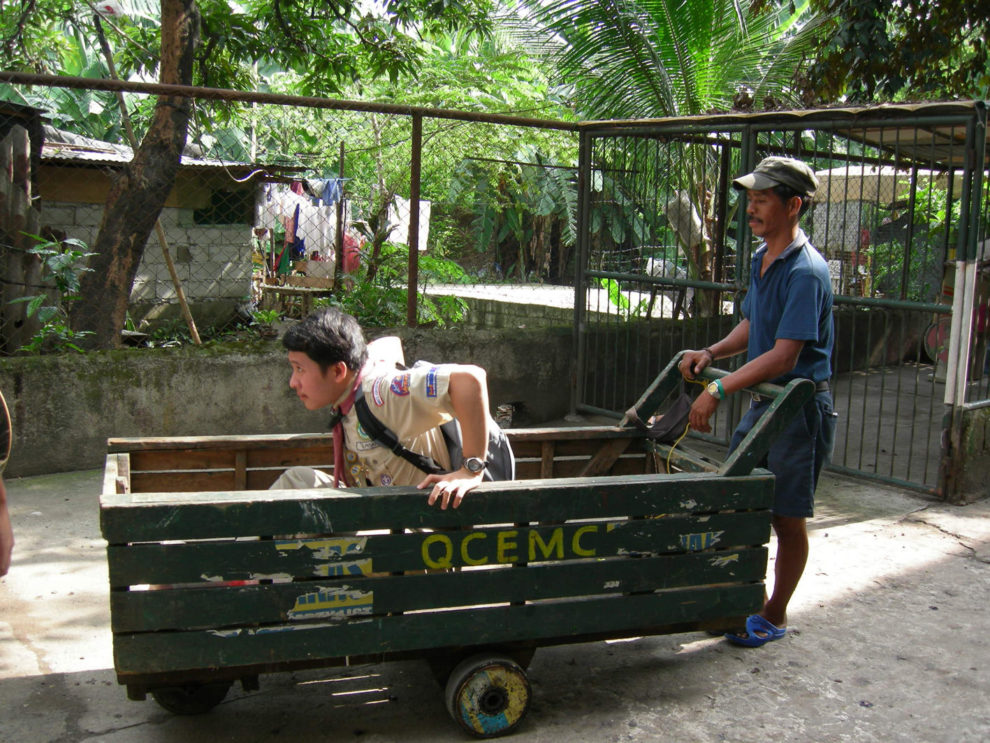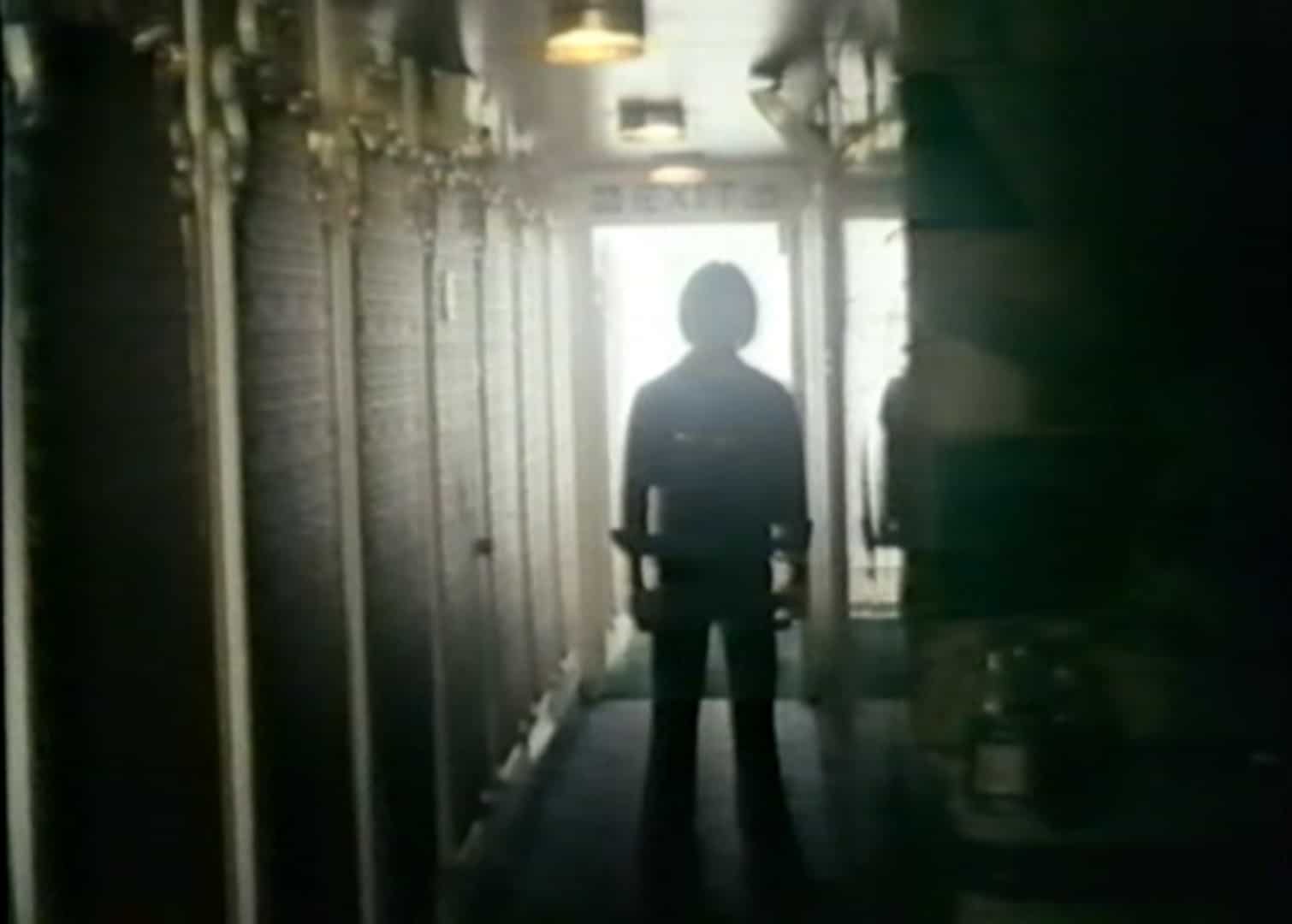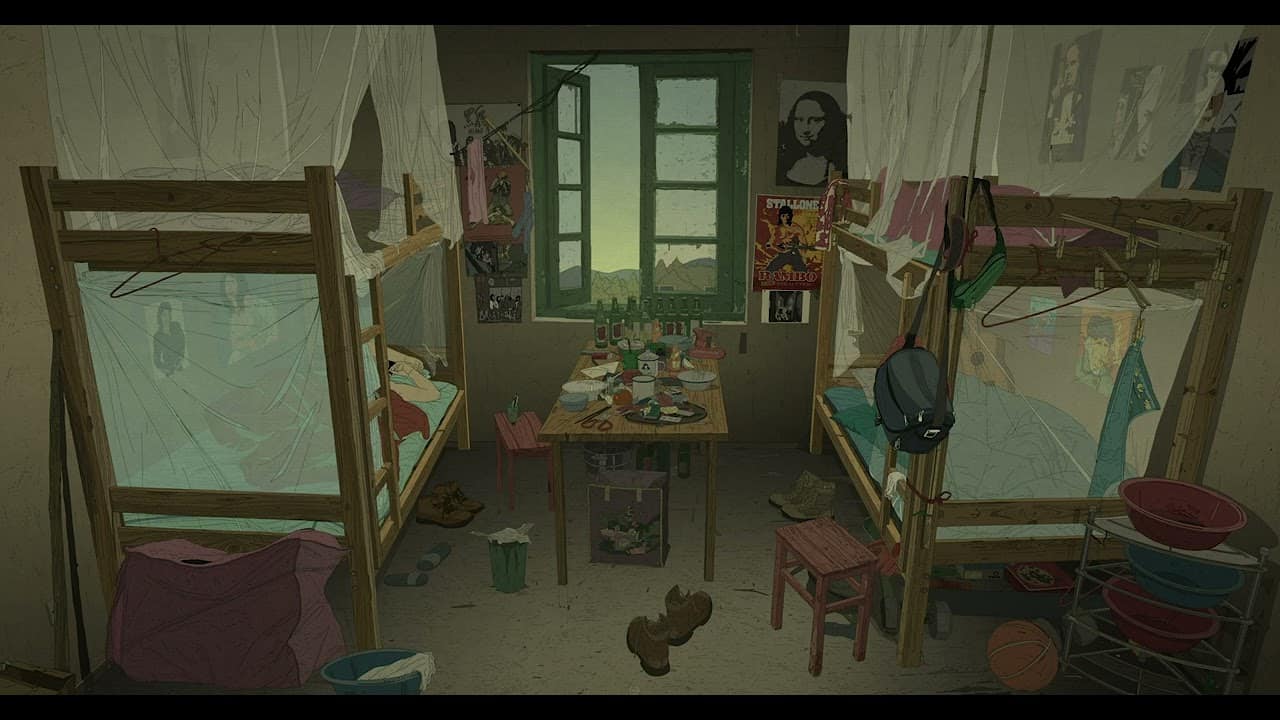Under the aegis of the dictatorial regime in the 1970s, the Ministry of Human Settlements introduced a shelter program that would fulfill basic housing needs. The housing project called the Bagong Lipunan (New Society) Improvement of Sites and Services (BLISS) was envisioned as a self-sustaining program that would help foster the development of its residents while serving as a model urban community. Former First Lady Imelda Marcos, who led the ministry in 1979, planned for the settlement to house 50 to 100 families in a two-and-a-half hectare area (LICO 2008). Despite the instability of the times, its offerings were promising for both low and middle-income families alike. The residents were to receive subsidies, livelihood opportunities and services, and the formation of a close-knit community was facilitated by inviting members to participate in group activities promoted by duly registered community associations. The physical dwellings were standard building types comprised of several floors, each building consisting of 16 to 32 units, with communal areas such as basketball and tennis courts, a multi-purpose hall, and a market. Whether out of sheer necessity, or a personal volition to socialize, residents congregated in these spaces and a community spirit somehow flourished. Decades later, government support faltered, and the exemplar of urban housing fell into neglect (source: https://edoc.hu-berlin.de/bitstream/handle/18452/9391/marcelino.pdf?sequence=1&isAllowed=y)
Using such a housing project as the base of his narrative, Khavn introduces six rather unlikely tenants of such a settlement, whose names allude to familiar characters from Jose Rizal's novels, with their lives frequently intermingling in rather absurd ways.
Andres Bonifacio, according to his “statement” directly to the camera, has been battered his whole life, both mentally and physically, to the point that his body is now filled with metal. Sisa seems to be a thief, although not according to her, who eventually suffers the worst fate among the protagonists of the movie. Elias is a policeman who rarely acts on his duty, since he is rather lazy and mostly prefers to lie down in a basketball court and talk about all the times he ignored any kind of incident that happened near him. Tasyo is a self-proclaimed businessman who even owns a tricycle, which becomes a common point for most of the characters in the film. Clara is a prostitute who is always dressed as a schoolgirl and talks really seriously about her lessons, but also for a number of other topics, like the concept of rape and the place of woman in Filipino society. Eventually, she has a “skirmish” with Tasyo who wants to get “it” even though his wallet is nowhere to be found. Maria is a self-proclaimed reporter, who, most of the time, tries to sell objects of rather vague value to whoever comes her way.
The narrative of the film follows a kind of pattern, with the protagonists talking to the camera about their lives and thoughts, a few moments of action (occasionally even including people running, fighting, and being trapped) and Bonifacio sitting in his room listening to radio programs or doing a number of mundane “chores”. Add to all that some dancing, a cock who is repeatedly about to be stolen, and you have the backbone of the presentation of the film.
Through the stories and events, however, Khavn makes a number of sociopolitical and philosophical comments, which seem to revolve mostly around the clichés deriving on how people see certain “castes” of society (police officers, businesspersons, prostitutes etc) in contrast to how they perceive themselves and the overall failure of the BLISS program. Furthermore, he deals with love, sexual fantasies, relationships, all of which are presented through a prism of absurd humor, although in an audiovisual style much tamer than what Khavn has gotten us used to.
The scene with the cone fight and the musical finale, however, definitely compensate, as much as the interaction of Bonifacio with the peddler who buys metal, in one of the most hilarious sequences in the film.

Albert Banzon's cinematography captures the rundown, decrepit essence of the UP BLISS site at the University of Philippines campus in Quezon City, with gusto, in a style that follows documentary/mockumentary lines for the most part. Lawrence S. Ang's editing communicates the overall absurdness, through cuts into different kind of scenes that occasionally move back in the timeline of the narrative and occasionally to the results of events that were never presented before. At the same time, the lingering on some scenes, like the one in the room and Maria ascending the stairs has an art-house feel, although the sentiment that derives is mostly ironic towards the style.
The acting follows the same mockumentary lines, with Menk Cruzat as Sisa, Lara Tarranco as Clara and JV Katipunan as Tasyo giving the most memorable performances. Neil Elpusan as Andres Bonifacio and Reinier Lucien as Elias mostly talk to the camera, but their fight near the end is definitely one of the most memorable scenes in the film.
In “Philippine Bliss”, Khavn deals once more with the “misfits” of society, in a way that is as absurdly humorous as always, but at the same time, toned down in comparison with a number of his best works.















